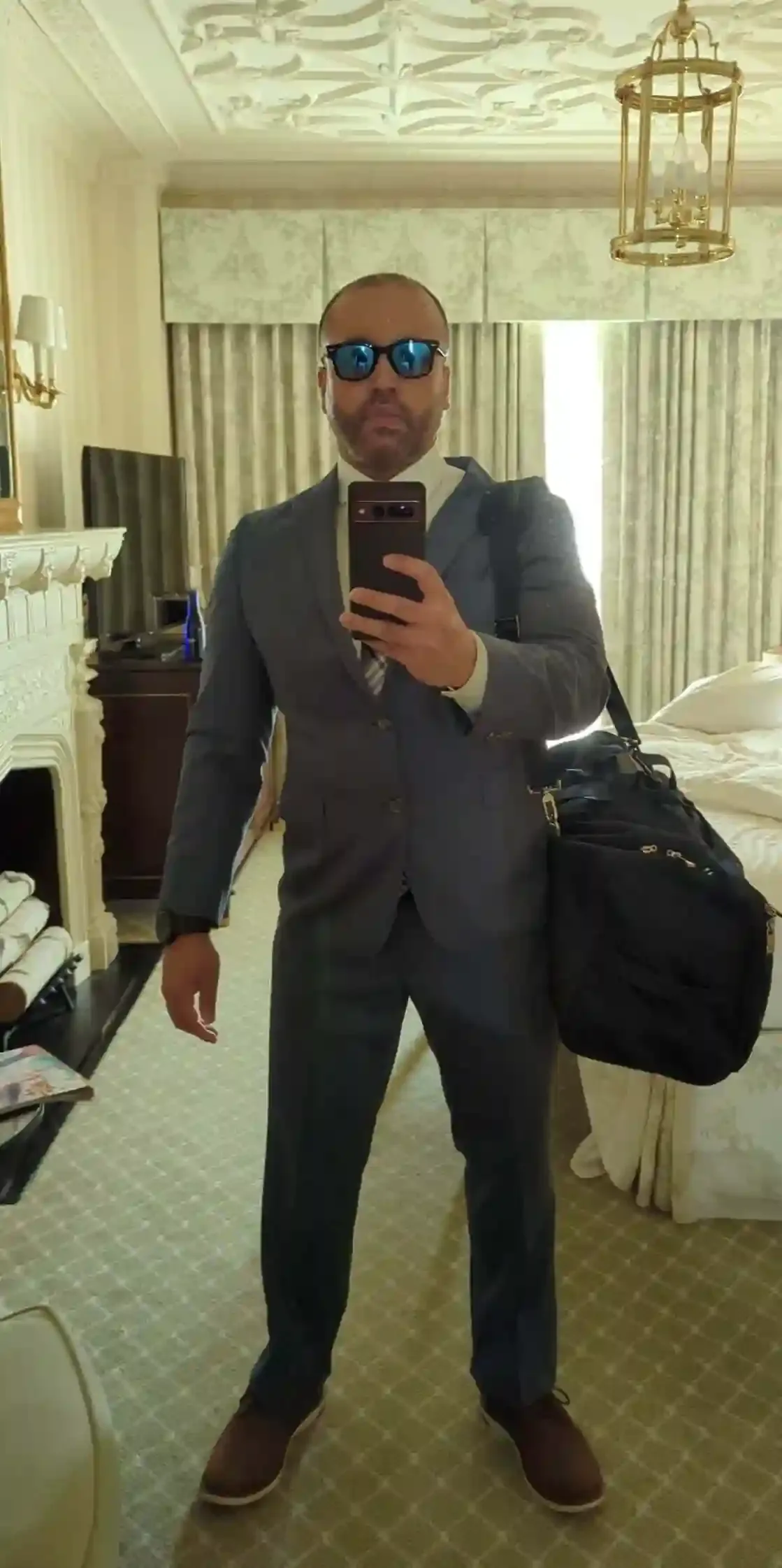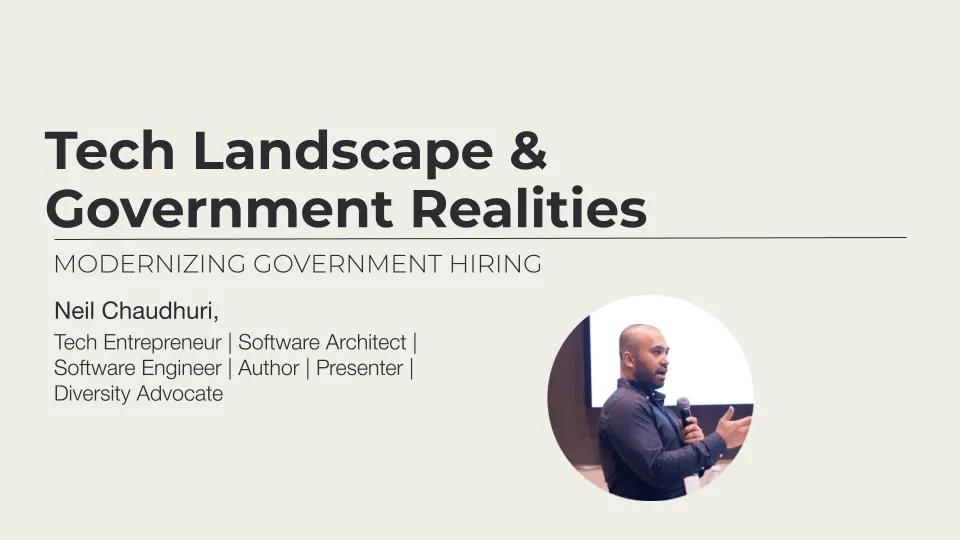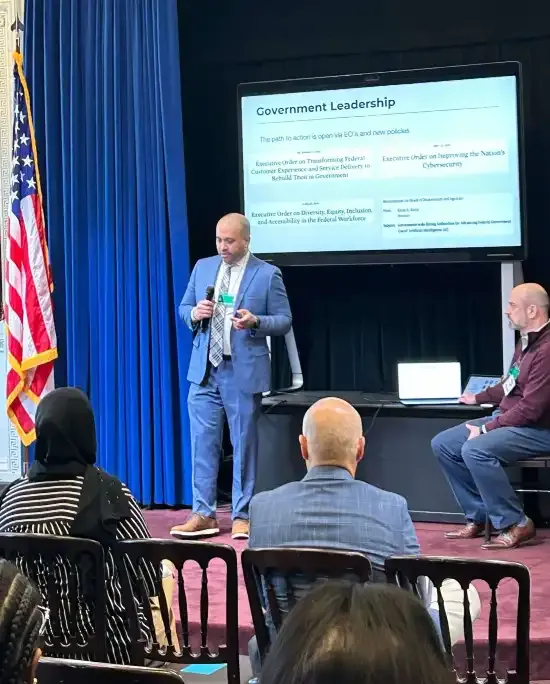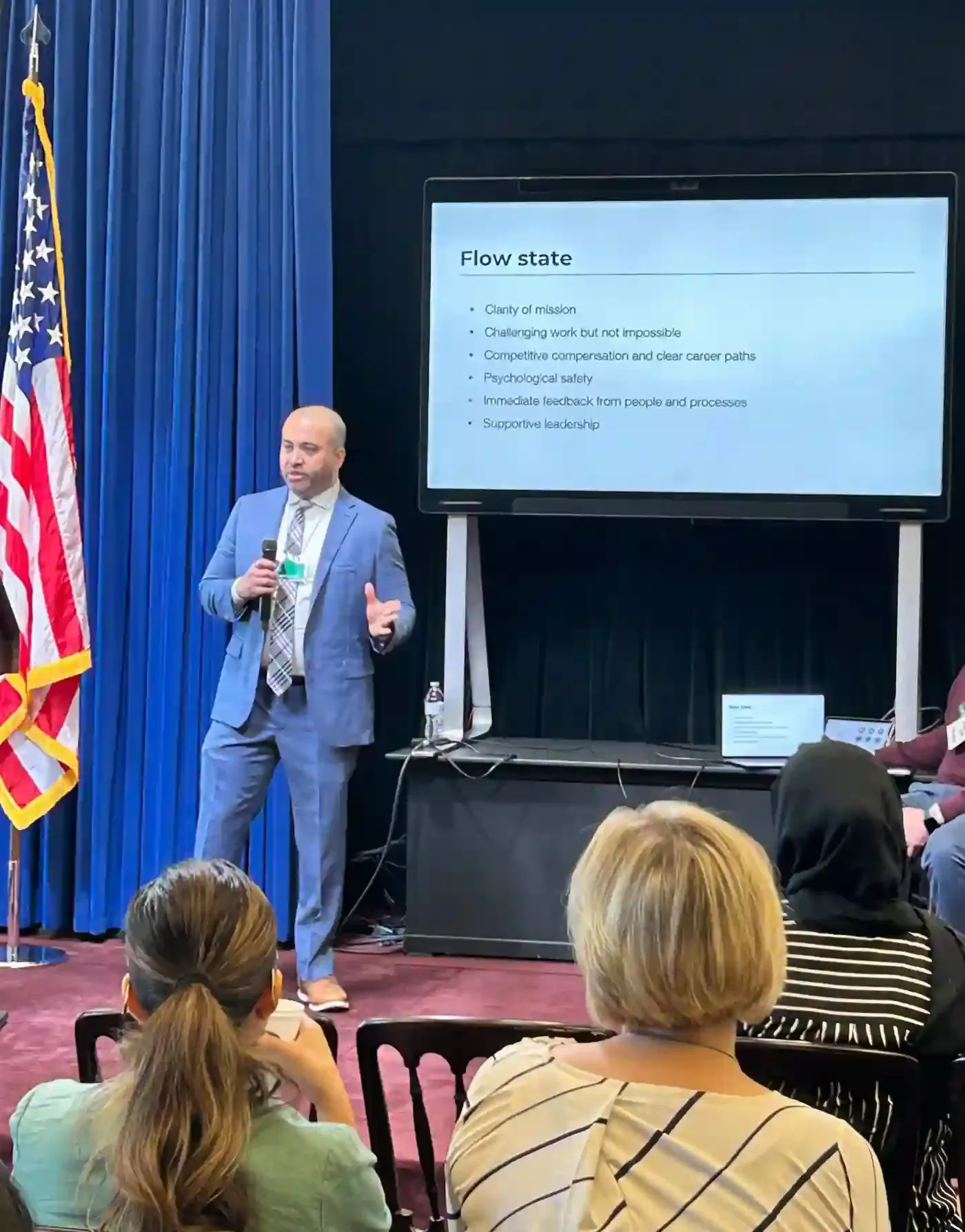Partners | Diversity | Programming | Software Engineering | Agile | Government Vidya Talks Modernizing Tech Hiring in the Federal Government at the White House October 12, 2024 
Neil Chaudhuri
LinkedIn 

Neil Chaudhuri
LinkedIn ![]()
About 20 years ago or so, commercial businesses started to figure out they were building software all wrong. Waterfall software development, with its phased gates and handoffs and large chunks and wasted time, is not conducive to the experimentation and rapid feedback that creative work like software engineering demands. This led to a transition, difficult and controversial as it’s been, to agile product development.
Government doesn’t have the advantages the private sector has, so fundamental change like that takes far longer in the public sector. Still, the right leadership can move things forward. It started with the creation of United States Digital Service (USDS) and 18F, which rotate elite talent from industry into government to provide their leading edge expertise to government agencies. Ten years ago, I was part of a team working with USDS and 18F to teach federal procurement officials how to write better contracts to motivate better behavior from vendors and ultimately to deliver better software. That curriculum evolved into DITAP.
Now in 2024 after decades of outsourcing software product development to private vendors, the federal government wants to bring more subject matter expertise in house. There is a significant effort underway to improve government hiring practices by applying the best lessons from industry, which to be fair has not mastered hiring in its own right, to staff agencies with the talent that tech laid off after the pandemic. To that end, I joined another team a few weeks ago on Technology Day at the White House—yes, that White House—to give a talk to a cohort of federal recruiters.
I’m not going to lie. I was nervous but excited for the opportunity.

The talk was called Tech Landscape & Government Realities: Modernizing Government Hiring.

I began with the bad news and the good news for federal recruiters. The bad news is that there is a lot of elite tech talent that looks at Big Tech companies like Uber, Meta, Spotify, Google, etc. the same way I look at Major League Baseball, a lifelong dream job, and it is all but impossible to change their minds. The good news is that there remains plenty other elite talent available now who recognizes there are disabled people, elderly people, veterans suffering the consequences of war, and countless others who need help, talent who wants to make it possible for them to live their lives with dignity. Meanwhile, government agencies are remaking their hiring processes and organizational structures to identify job titles and define career paths better aligned to what candidates are used to in private industry.

I then went on to describe what makes flow state the foundation for a good work culture and how flow state hews closely to the principles of agile development. Finally, I walked through multiple examples of popular software product categories that industry and government have both built, from websites to machine learning pipelines to AI, and the kinds of job roles best suited to deliver them.

It can be hard to know how a talk went after it’s over and the polite applause dies down. It was gratifying when many of the recruiters in the audience came up to me afterwards to tell me they enjoyed it and learned a lot from it. One even told me that he had similar ideas himself but had lacked the vocabulary to express them to his leadership until seeing my presentation and that he was excited to make big, forward-looking changes to his agency’s hiring process. A colleague informed me that students had told him they “loved the presentation.” I am just glad that the audience was able to glean something useful to implement at their respective agencies from the mix of information, jokes, and pop culture references that typically define my talks.
It was an honor to present at the White House, and I hope I have the opportunity to continue to help these recruiters and others down the line modernize hiring in the federal space and ultimately help our government deliver the best digital services of any government in the world.